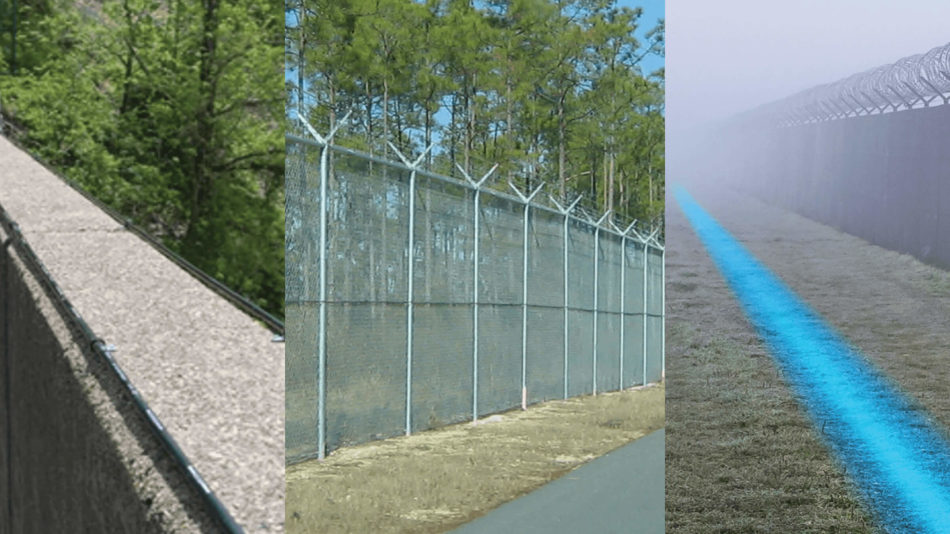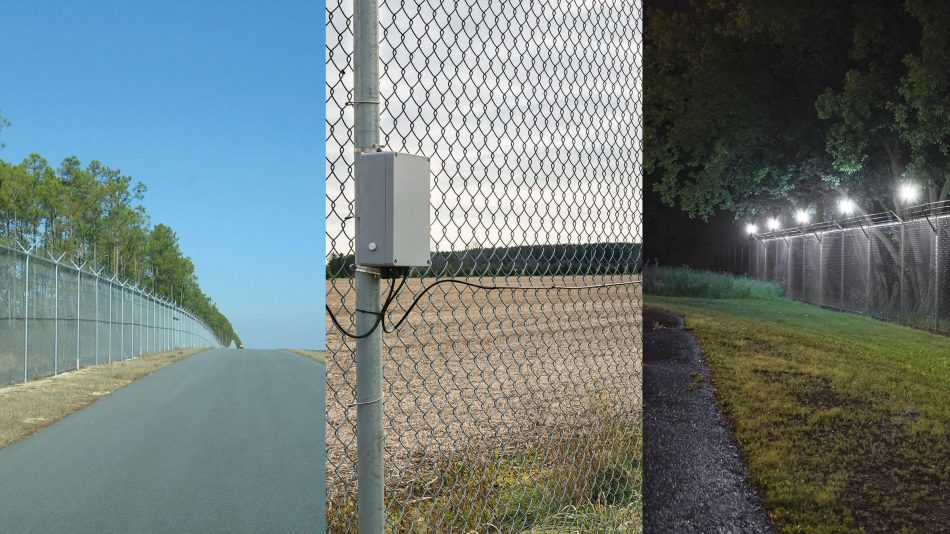Boost Your Safety And Security With Advanced Fiber Optic Protection Equipments
In a period where protection is extremely important, innovative fiber optic security systems provide a compelling service for enhancing safety and security throughout different atmospheres. These systems not just boast superior transmission capacity and rate for high-resolution security yet also supply amazing strength against outside disturbances. As companies increasingly look for reputable means to secure their possessions, the integration of cutting-edge innovations like AI and IoT within fiber optic frameworks raises important inquiries about their efficiency compared to typical systems. What implications do these improvements hold for future safety and security actions?
Advantages of Fiber Optic Safety
Utilizing the advantages of fiber optic technology substantially enhances protection systems across different applications. One of the main benefits is the boosted data transfer ability, enabling the transmission of large amounts of data at broadband. This is specifically critical for real-time video security, where high-resolution feeds can be sent out without latency, guaranteeing immediate feedback abilities.
In addition, optical fiber display remarkable resistance to electro-magnetic disturbance, which is essential in settings with prospective signal interruptions. This integrity makes certain constant efficiency in vital safety and security procedures. Fiber optic cable televisions are much less prone to touching and unauthorized gain access to compared to traditional copper wiring, thereby boosting data stability and privacy.
An additional significant benefit is the durability of fiber optic systems; they are a lot more resistant to environmental aspects such as dampness, temperature level changes, and corrosive compounds. This durability equates to reduce upkeep costs and longer lifespans for security installments.
Lastly, the lightweight nature of fiber optic cable televisions assists in easier installment and transmitting, especially in complex facilities (fiber optic security system). Eventually, the combination of fiber optic technology right into security systems not only boosts protection procedures but additionally maximizes functional effectiveness
Trick Functions to Think About
When examining fiber optic protection systems, several essential functions should be thought about to ensure ideal performance and efficiency. Assess the system's detection range and level of sensitivity; a comprehensive variety enables for checking big areas, while high sensitivity guarantees that even minor disruptions are spotted promptly.
Following, think about the assimilation capacities of the system. A fiber optic safety and security system should effortlessly user interface with existing protection procedures such as cameras and alarms, creating a natural protection network.
Longevity and ecological resistance are additionally essential functions. Guarantee that the system is developed to hold up against rough weather and potential physical risks, as this will certainly lengthen its operational life expectancy.

Last but not least, consider the scalability of the system. A robust fiber optic safety and security system need to be easily expandable to suit future requirements without significant overhauls. By very carefully considering these features, you can select a fiber optic security solution that improves safety and security in your atmosphere.
Setup Refine Review
To effectively carry out a fiber optic safety and security system, a systematic installment procedure is important. This procedure begins with a comprehensive site evaluation to figure out the specific safety needs and to determine ideal places for fiber optic wires and protection gadgets. Following this assessment, the installation group will develop a detailed strategy, including cable pathways, necessary tools, and compliance with neighborhood laws.
Next, the installation involves laying the fiber optic cable televisions, guaranteeing they are shielded from environmental aspects and physical damages. Appropriate handling techniques are important, as fiber optic cable televisions are sensitive and can be quickly damaged. After the cabling is installed, connectors and discontinuations are diligently completed to make certain signal integrity.
The succeeding phase contains installing safety devices such as electronic cameras, activity detectors, and alarm system systems, all integrated with the fiber optic network. Extensive screening is performed to confirm that all elements are operating correctly and to make sure ideal efficiency.

Contrasting Fiber Optic to Conventional Systems
The development of safety and security technology has led to considerable advancements in the comparison in between fiber optic systems and conventional copper-based systems. Fiber optic systems use light to transfer data, providing remarkable transmission capacity and rate contrasted to their copper equivalents. This results in improved information transmission abilities, making fiber optics perfect for high-resolution video surveillance and real-time surveillance.
Additionally, fiber optic wires are resistant to electromagnetic disturbance, decreasing the probability of signal deterioration brought on by exterior variables. This particular makes certain constant efficiency, even in difficult atmospheres. On the other hand, typical copper systems are extra susceptible to interference, resulting in potential vulnerabilities in security applications.
Longevity is an additional benefit of fiber optic systems. They are much less vulnerable to damage from environmental variables such as dampness and temperature variations, which can endanger copper wiring. Additionally, optical fiber are lighter and thinner, permitting for less complicated installation and reduced physical impact.
Nevertheless, conventional systems tend to have lower preliminary prices, making them eye-catching for budget-conscious projects. While fiber optic systems might require a higher upfront investment, their long-term benefits-- such as lower upkeep costs and try this out higher dependability-- often exceed the this article first expense, positioning them as an exceptional choice for modern-day protection demands.
Future Fads in Security Innovation
Arising fads in safety modern technology are poised to change the landscape of monitoring and threat detection - fiber optic security system. As companies increasingly face innovative risks, innovations such as man-made intelligence (AI) and device discovering (ML) are ending up being indispensable to safety systems. These modern technologies improve the capability of fiber optic systems by allowing real-time information evaluation, identifying anomalies, and automating reactions to possible breaches
Additionally, the integration of the Internet of Things (IoT) is revolutionizing safety and security frameworks. IoT tools can supply detailed situational understanding and help with smooth interaction in between various safety and security parts. This interconnectedness enables for a lot more efficient monitoring and faster occurrence reaction times.
Biometric verification is also acquiring energy, giving a higher level of security via special physical features. As this modern technology develops, it is likely to be included into fiber optic systems for boosted access control.
Verdict
In conclusion, progressed fiber optic safety systems represent a significant innovation in security and monitoring technology. Their exceptional transmission capacity, resistance to interference, and resilience assist in dependable surveillance and information integrity. As these systems incorporate AI and IoT capabilities, they improve the total safety framework, guaranteeing robust protection for possessions. The change from typical systems to fiber my response optic options shows an expanding pattern in the direction of a lot more effective and efficient protection measures in an increasingly complicated technical landscape.